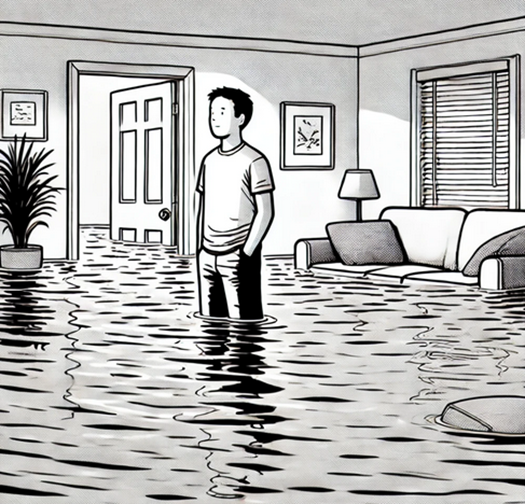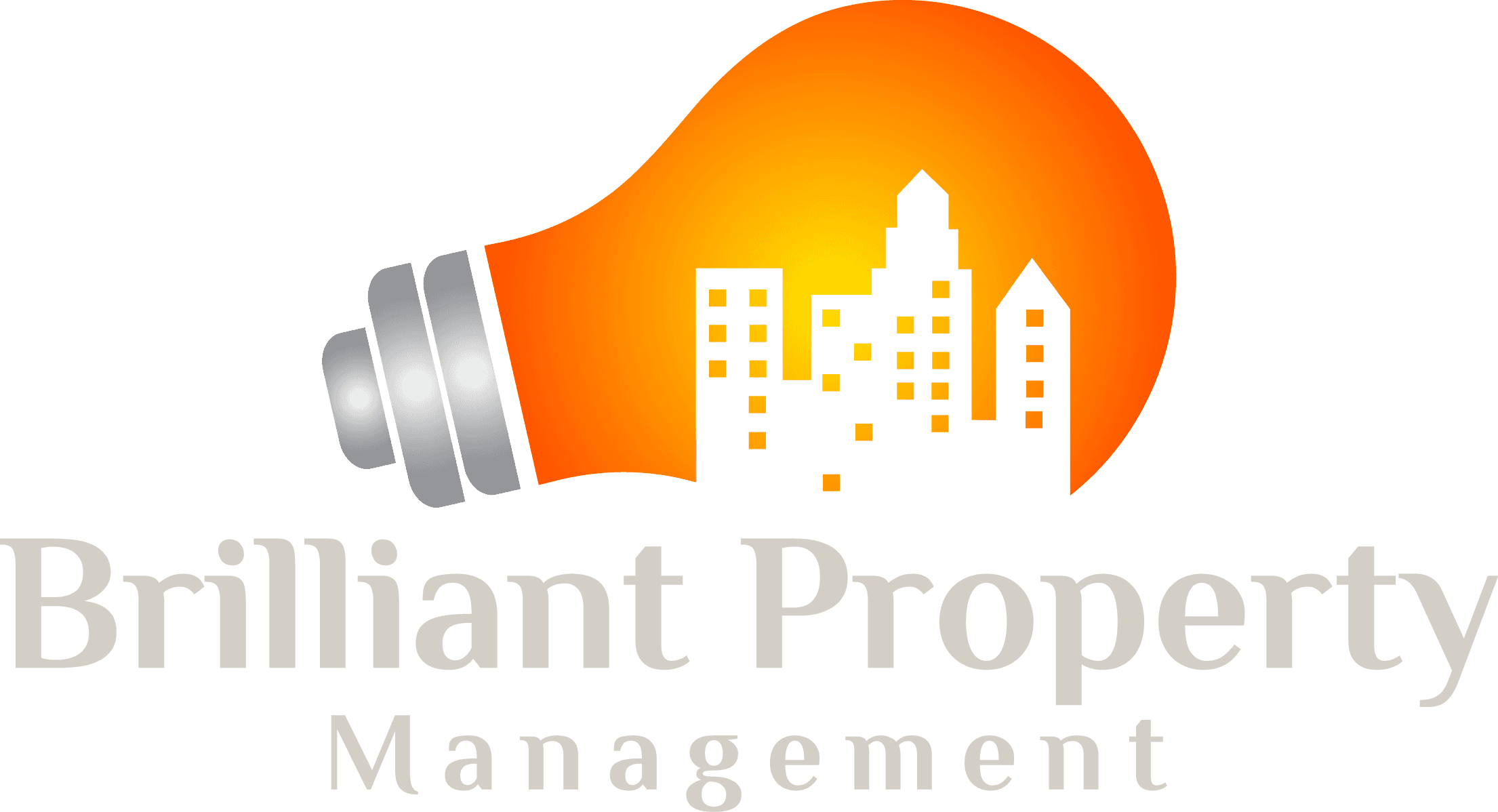Yes, condo owners can be responsible for significant costs when damage from their unit affects other areas. It’s crucial for all condominium unit owners to have proper insurance on their homes, which is different from the insurance carried by the condominium itself. Understanding how this works can help you better prepare and protect yourself from unexpected expenses.
When damage occurs, the first question a condominium typically asks is where the source of the damage originated. This is not about determining fault but identifying the origin. For example, if there’s a flood in your building and the source is the toilet inside your unit, you will likely be liable for some of the damage. As a rule of thumb, if the source of the damage originates in your unit, even if it’s not your fault, you may be liable for the damage up to a certain point.
The best way to understand what constitutes “your unit” is by checking your building’s “Declaration” (every condo has one), and looking down at Schedule C. This describes the boundaries of the unit pretty clearly. Floods often come from bathtub drains, toilets and bidets, pipes under sinks, and laundry machines.

As Gus stook knee deep in water in his own condo, he wondered why he thought it was a good idea to trust his buddy Paco to install the washing machine. Gus stood there for a long time thinking up a suitable lie to tell his wife.
The second question a condominium asks is what was damaged. Condominiums are responsible for maintaining common elements such as corridors, amenities, equipment, and sometimes portions of the units themselves. The extent of the condominium’s responsibility inside the units depends on its bylaws. Usually, this includes walls and ceilings, and sometimes floors, but it can encompass much more. The by-law that matters here is called the “Standard Unit By-Law” or “Standard Unit Definition”. This describes exactly what the condominium is responsible for in the event of a loss.
When damage does occurs, the condominium must charge back their expenses to the unit from which the damage originated. This chargeback is limited to the amount of the condominium’s insurance deductible. Several years ago, this deductible was relatively low, often around $1,000 to $2,500. However, today in Ontario we see deductibles ranging from $25,000 to $100,000, making potential liabilities for unit owners significantly higher.
Most homeowner insurance policies will cover this chargeback, but it’s essential to confirm this with your insurance broker. If your insurance does not cover the chargeback, you could be liable for the full amount of the deductible. For example, if your condominium has a $50,000 deductible and the damage from your unit results in a chargeback, you could be responsible for that $50,000 if your insurance does not cover it.
Yes, you read that correctly. You may be personally on the hook for $50,000 if your laundry machine springs a bad enough leak and you do not have the right kind of insurance.
In summary, as a condo owner, you can be responsible for damages that occur outside your unit if the damage originates from within your unit, regardless of fault. Proper insurance coverage is vital to protect yourself from potentially significant financial liability. Always ensure that your homeowner’s insurance policy includes coverage for such scenarios and review your condominium’s bylaws to understand your responsibilities and potential liabilities fully. By staying informed and adequately insured, you can mitigate the risks and handle any damage-related issues more effectively.
TLDR
- Condo owners can be liable for large sums of money if items in their unit cause damage to the condominium or to other units
- “In their unit” is defined in the condo’s “Declaration”
- What the condominium can charge back to your unit depends on the condo’s bylaws, specifically the Standard Unit Definition.
- Buildings without this bylaw can still charge back homeowners for a loss up to their deductible.
- Having correct insurance is critical.
